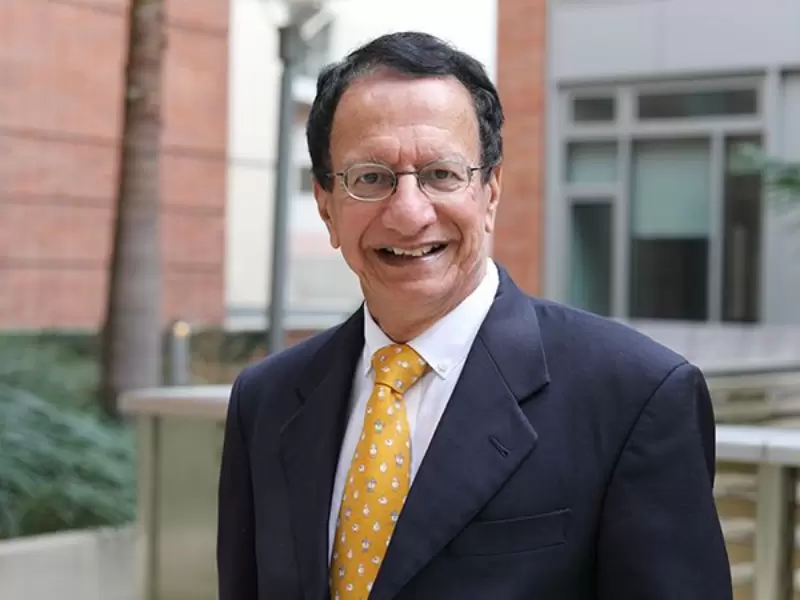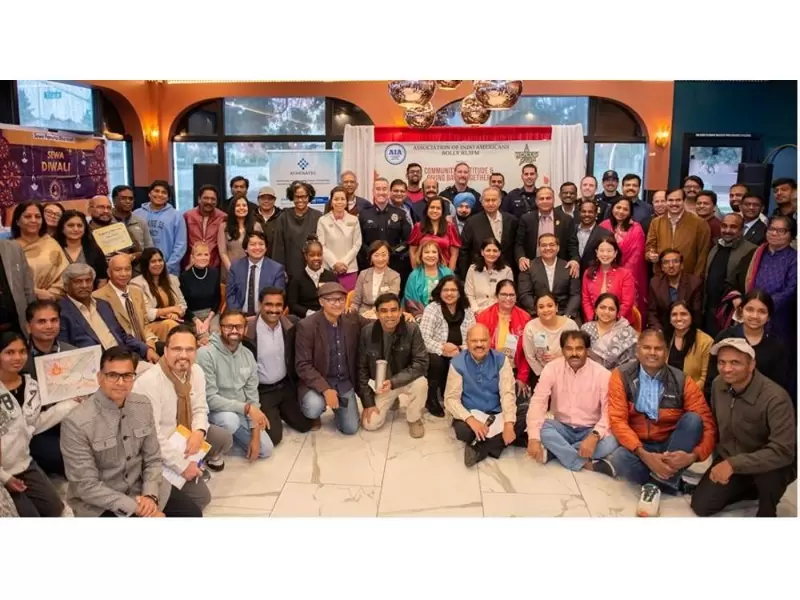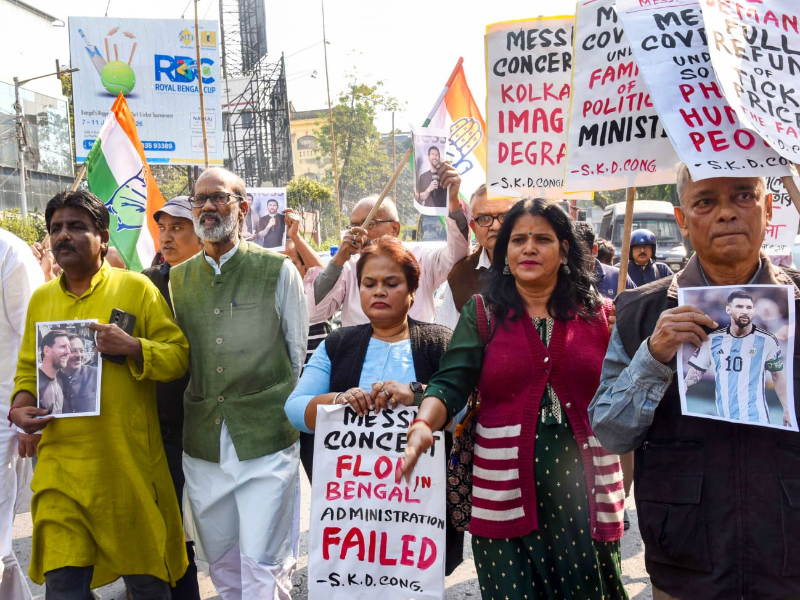Indian move to use tariffs to protect domestic manufacturers is throwback to pre 90s: Ex US official
India’s economic prosperity will be driven by its global interdependence, in increasing trade and investments into and from India, helping drive job creation, GDP growth and prosperity.
 Kumar was speaking at the “Making India an Advanced Economy by 2047: What Will it Take” event at the George Washington University on April 16. / www.arunkumar.com
Kumar was speaking at the “Making India an Advanced Economy by 2047: What Will it Take” event at the George Washington University on April 16. / www.arunkumar.com
The Indian move to use tariffs to protect domestic manufacturers is a throwback to the pre-1991 era and would render Indian products uncompetitive in the global market, a former top trade official from the US government has warned.
Soon after being first elected to office in 2014, Prime Minister Narendra Modi launched an ambitious ‘Make in India’ initiative. It aimed to increase the manufacturing sector to grow to 25 percent of GDP and create millions of jobs, Arun Kumar, managing partner at Celesta Capital and former US Assistant Secretary of Commerce for Global Markets said.
“Make in India did not make as much progress as desired, on account of a combination of factors, internal and external,” he said in his remarks at a conference on “Making India an Advanced Economy by 2047: What Will it Take” at the George Washington University on April 16.
More recently, manufacturing in India is seeing tailwinds on account of global corporations seeking to reduce their reliance on supply chains involving China, as well as an increasingly capable and confident Indian manufacturing sector, Kumar said.
To provide a fillip to Make in India and to help reap the benefits of these tail winds, the Modi government introduced the Production Linked Incentives (PLI) program in 2020. The scheme has a budgeted allocation of US$ 750 million for the financial year 2025, a 33 percent increase from the budget for 2024. The stated purpose of the PLI Schemes is to enhance investments in key sectors and cutting-edge technology; ensure efficiency and bring economies of size and scale in the manufacturing sector in India, and make manufacturing in India globally competitive, he said.
Alongside, India has been increasing tariffs for various product categories with the aim of protecting domestic suppliers, Kumar told the conference participants. Over the last three years, some 30 categories have seen increases, covering a wide range: solar inverters, solar lanterns, headphones, loudspeakers, smart meters, private jets, helicopters, plastic goods, jewelry, high gloss paper, and vitamins.
India sprang a surprise by introducing tariffs on personal computers and other electronic products in late 2023. These were withdrawn based on opposition from industry, both domestic and foreign. “The motivation behind some of these tariffs seems to be to protect Indian industry against Chinese manufacturers. The move to use tariffs to protect domestic manufacturers is a throwback to the pre-1991 situation when a result of such protection was that Indian products were generally not competitive internationally,” he said.
Kumar said India has historically harbored hesitations towards a strong embrace of globalization and trade agreements. “Of late, we may be seeing a change in this area. Interestingly, India has been one of the earliest members of global trade bodies. It was a signatory to the General Agreement on Trade and Tariffs since its commencement in 1948 and the World Trade Organization since its inception in 1995,” said the former US official.
“But India did not extract the full benefits of such engagement. Just look at China. China had begun opening its economy around 1978. Starting in 1986, China lobbied hard, for several years, to become a member of the WTO, succeeding in 2002. A mere decade later, China had become the world’s factory. Over time, Chinese companies emerged as competitors to their global counterparts, going on to dominate several sectors and acquiring global giants,” he said.
India’s economic reforms and opening in 1991 were not quite followed by the dynamism that China exhibited in its global integration in the trade arena. Very recently, India has signaled an openness to trade agreements. Thus agreements have been concluded with Australia, with the United Arab Emirates and more recently with the European Free Trade Association bloc comprising Switzerland, Iceland, Norway & Liechtenstein.
Kumar said, according to the Indian government, these three FTAs will result in boosting exports by over US$ 100 billion while creating over two million jobs in India. An interesting aspect of the deal with EFTA is that it includes a commitment of investment of US$ 100 billion into India over the next 15 years. India’s FTA with the UK is apparently in the final stages of negotiation. An India-EU FTA has been under negotiation for over two years now.
Observing that India is a beneficiary of globalization, Kumar said its economic prosperity will be driven by its global interdependence, in increasing trade and investments into and from India, helping drive job creation, GDP growth and prosperity.
“Today the global supply chain situation works in India’s favor for increased participation in manufacturing. A continued focus on the ease of doing business, ease of trade facilitation, creation of modern infrastructure and associated logistics are required to facilitate greater participation in global value chains,” he said.
“As India becomes the third largest economy in nominal GDP, but more importantly, as the Indian middle class, currently estimated at 475- 500 million, grows to become larger and with higher incomes, it will emerge as a significant market for US and global businesses. India’s productive capacity will similarly find enhanced ways to serve global demand as we already see in technology,” Kumar said.
ADVERTISEMENT
ADVERTISEMENT
E Paper
Video



1759953093.png) Staff Reporter
Staff Reporter












Comments
Start the conversation
Become a member of New India Abroad to start commenting.
Sign Up Now
Already have an account? Login